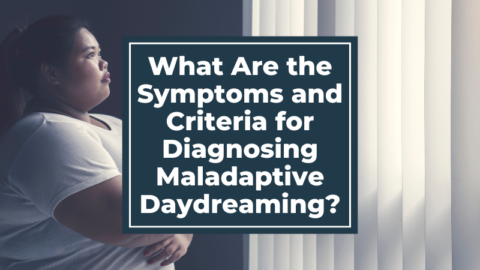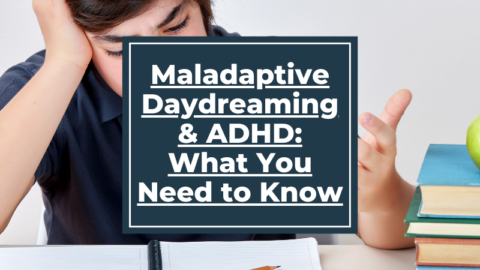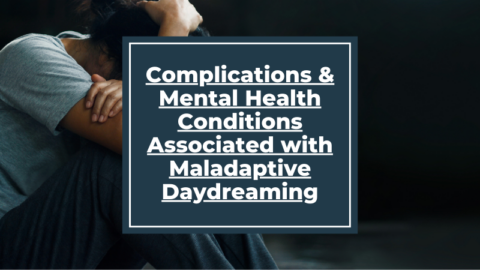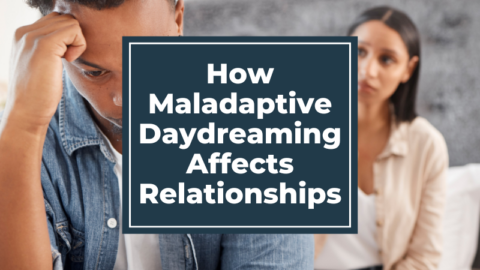Daydreaming addiction is a condition that affects many individuals. Recently, it has been referred to as maladaptive daydreaming, however, maladaptive daydreaming has yet to be recognized by the psychiatric community as an official disorder. Many debate whether it deserves to be its own disorder, or if it is a symptom of other disorders.
However, just because it is still debated doesn’t mean people aren’t being affected by their daydreaming addiction currently and many support groups and forums have risen of individuals working to understand their daydreaming tendencies, support each other, and work together for a cure.
So what can you do if you find yourself addicted to dreaming?
First, we recommend seeking professional help, if that is an available option to you. Professionals can help you with your maladaptive daydreaming symptoms, as well as any other related diagnoses, and work with you to get to a better mental state. Since maladaptive daydreaming has not been officially recognized, don’t be surprised if your therapist or psychiatrist isn’t familiar with the term yet. An unfamiliar therapist should still be able to help your work through what triggered daydreams, help you stick to goals related to taking control of your daydreaming, and, in some cases, they have even prescribed medication to help stop the daydreaming. A really good therapist will do their own research into the disorder in order to best help you.
You may also consider reading this article, Can Maladaptive Daydreaming Be Treated or Managed?, for more methods and ideas for management, both on your own and in professional settings.
Secondly, we’d recommend identifying the root cause of your maladaptive daydreaming addiction. Do you feel that past childhood trauma or abuse triggered your daydreams? Or has your life led you to a depressed or dissociative state that triggered your daydreaming? Are you overwhelmed by feelings that you are not living up to your potential and use daydreams to feel the success you envision for yourself? Determining the reasons that you have developed a daydreaming addiction can be crucial for helping to break the addiction.
Next, learn everything you can about a daydreaming addiction, Understanding maladaptive daydreaming, what’s been discovered so far, and what other people are learning about it can help you to recognize the maladaptive behaviors in yourself. For example, many different things such as music, reading, television, theater, stress, etc, can trigger desires to maladaptive daydreaming. If you wish to break your addiction, a great place to start is identifying your personal triggers and working to avoid them.
While some individuals try to break free from their addiction to dreaming by treating their daydreaming themselves (i.e. tracking their daydreaming in journals or limiting themselves to a set amount of time to daydream each day) thus far, it seems as though many of the people who have been able to break free from their daydreaming addiction were those who focused more on the factors in their life that were leading them to want to daydream and sought professional help.
This may be discouraging for someone suffering from a daydreaming addiction whose life seems to be spiraling out of control, but with patience, support, and time, you may find that you’re able to take control of your life and cure your daydreaming addiction. In my personal experience, it took about three years of working to improve my life before I was able to leave my daydreaming addiction behind.
Are you addicted to dreaming? Share your experiences and thoughts with other maladaptive daydreamers on the Maladaptive Daydreaming Forum.









